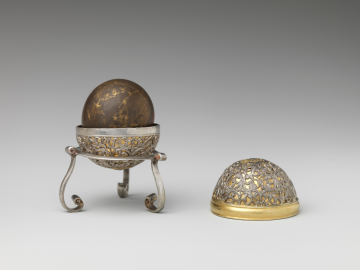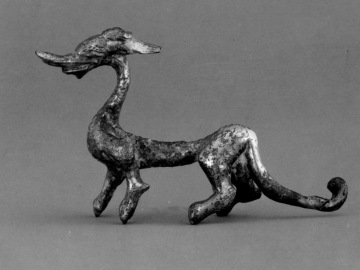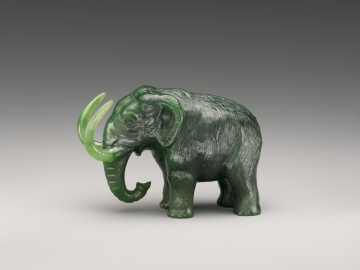Editor's letter
Amanda NiehausJessica White
We hope everyone who has landed on our pages over the past month has enjoyed our focus on women and science, and we welcome you to our next issue on Extinction. We initially shaped this theme around three novels released earlier this year – James Bradley’s Ghost Species Donna Mazza’s Fauna and Chris Flynn’s Mammoth (the subject of a conversation with Jess White to be uploaded next week) – which focus on de/extinction, whether through genetic engineering or voices from the past. These novels aren’t unusual in a country which has the highest rate of vertebrate mammal extinction in the world; what is interesting is that they have emerged in a year which has seen significant disruption to humans’ ecosystems. Perhaps fiction and Covid-19 might engender some empathy for the ways in which our fellow living creatures experience the devastating impact of humans.
As is clear to many scientists, simply presenting statistics and facts doesn’t always convince readers and listeners. Blake Chapman explores the important shift from stats to storytelling in her piece on science communication about sharks. Where Blake loves sharks, Terry Mulhern is obsessed with lutaralipina – the giant freshwater crayfish (Astacopsis gouldi) – and his piece chronicles one of his expeditions in search of this endangered creature.
We can’t mention extinction without referring to the horrendous loss of life caused by the 2019-2020 bushfires, which saw the deaths of nearly three dozen humans, nearly three billion nonhuman animals and some seven billion trees. Emerging writer Aislinn Martin describes the experiences of many of us: how summer, once a time that we looked forward to, now fills us with dread.
Animals are not the only living things under threat. Bastian Fox Phelan reviews ‘The Loneliest Plants,’ an episode of Future Ecologies. This episode, which revolves around the question, What do you do when you find the last individual of a species previously thought to be extinct?’, also canvasses the overlooked work of female botanists.
Our Scientist of the Month, palaeontologist Professor John Long, takes us way back to Devonian Period (419-359 million years ago) to look at ancient fish fossils. Professor Long discusses the joy of research with the modern day grind of finding funding. Leaping forward to the future, we’ve included a transcript of a conversation generated by RMIT’s non/fictionLab’s discussion, ‘How the Future Looks Now,’ which features writers Eugen Bacon, James Bradley, Catherine McKinnon, Jane Rawson and Ellen van Neerven in conversation with Rose Michael and Deanne Sheldon-Collins.
We also welcome back poet Alicia Sometimes, who recently won the 2020 Bruce Dawe Poetry Prize with a poem on interactions of subatomic particles, and another on the supermoon. We’re also delighted to feature the poems of Mark O’Flynn, who delves into history to write about Napoleon and tin, and a famed natural historian’s encounter with a platypus. For those who love poetry, stay tuned for next month’s issue which on is poetry in science/science in poetry.
And if you’d like a break from interminable Zoom convos, check out Helen Marshall’s short story ‘Do Not Feed the Monkeys!!!’. With taut, well-paced prose, Helen’s rendition of ideas on extinction and reproduction will return you wide-eyed and uncertain to your colleagues. Enjoy!
Feature image via Te Papa Collections


